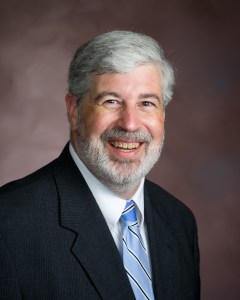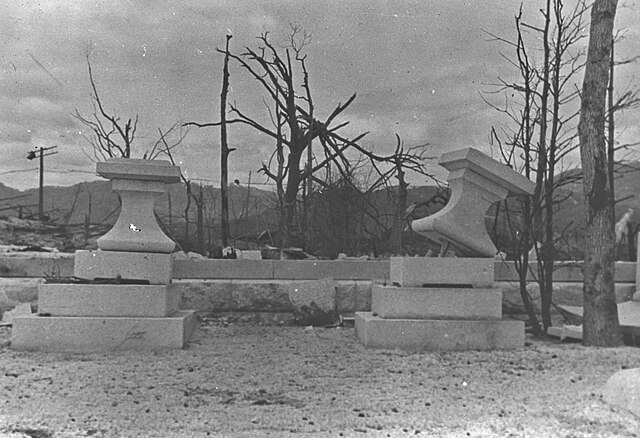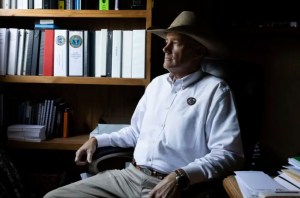Communications Corner: Investing in the free exchange of ideas
Published 8:45 am Wednesday, August 6, 2025
Eighty years ago today, on August 6, 1945, the world forever changed. On that date, the armed forces of the United States dropped an atomic bomb on the Japanese city of Hiroshima.
That decision remains controversial to the present day.
How the bomb was made also has lessons for today as policymakers weigh public investment in university research. As dramatized in last summer’s movie blockbuster “Oppenheimer,” the Manhattan Project required scientists and engineers from multiple disciplines to build on each other’s research – and this required communication.

Mark Ward Sr.
Trending
Though Germany once led the world in nuclear physics, they fell behind. Why? After the Nazi government dismissed “Jewish physics” and expelled Jewish scientists, free communication of ideas ceased as remaining scientists bowed to politics.
To understand how research is conducted, from the Manhattan Project to the latest scientific breakthroughs, I’ll explain using concepts of communication.
So, what is “communication”? Some scholars approach communication as the sharing of symbols, others as something you experience. Some analyze communication in terms of sociology or psychology, others in terms of persuasion or power.
Here I approach communication as information-processing. The theory was inspired by the problem of World War II antiaircraft gunners who couldn’t manually calculate how to hit a target fast enough before the target passed. Early computers were developed to process the needed information.
Consider an illustration I give my students to explain communication as information-processing. Say your company is holding its annual employee awards luncheon. To successfully stage the event, multiple parts of the organization must communicate.
Before the luncheon, executives set award policies. Managers then implement the policies. Human Resources generates a list of eligible employees and organizes the event.
Trending
Accounting processes purchase orders for the caterer. IT sets up the audiovisual equipment. Maintenance sets up the room.
At the event, executives make speeches. Afterward, Maintenance cleans up. Corporate Communications issues a press release. Accounting pays the caterer. Throughout, information must be processed via communication between multiple parties. If anyone is left out, the event will fail.
So it goes with research. Before I publish, I must first understand the current state of research by reading widely on the work of others. Then I write a paper with my research findings and submit it for possible presentation at a research conference. The main criterion is whether my research adds new and original knowledge to the field.
Expert peers give my paper a blind review, score my paper, and offer feedback. If my paper is competitively selected for the conference, then I present it to other scholars for discussion and feedback.
Next, I revise my study based on the feedback and submit it to a scholarly journal for more blind peer review. Again, the main criterion is whether my research adds new and original knowledge. Based on reviews, the journal editor will either reject my paper or invite me to revise and resubmit.
If my revisions satisfy a second round of blind peer reviews, then my study will join the small percentage of submissions that are published. At that point, my journal article joins the body of research that other scholars must know and build upon.
If any step is skipped, then the communication and information processing needed for research breaks down. Professors not only need time and resources to do the actual research. They need time and resources to read and keep current in their fields, write their findings, attend conferences, exchange with other researchers, and serve as peer reviewers themselves.
All this is in addition to, and comes after, time needed to master successful teaching skills and provide effective student instruction.
By investing in university research, the nation and the state of Texas support the time and resources needed for the communication I’ve described. The payoff is twofold. The free exchange of ideas generates breakthroughs in the sciences, professions, and arts. And professors bring this knowledge to the classroom where students benefit.
Mark Ward Sr. is a professor of communication at the University of Houston-Victoria and author of “Introduction to Public Speaking: An Inductive Approach.” He may be reached at wardm@uhv.edu.







